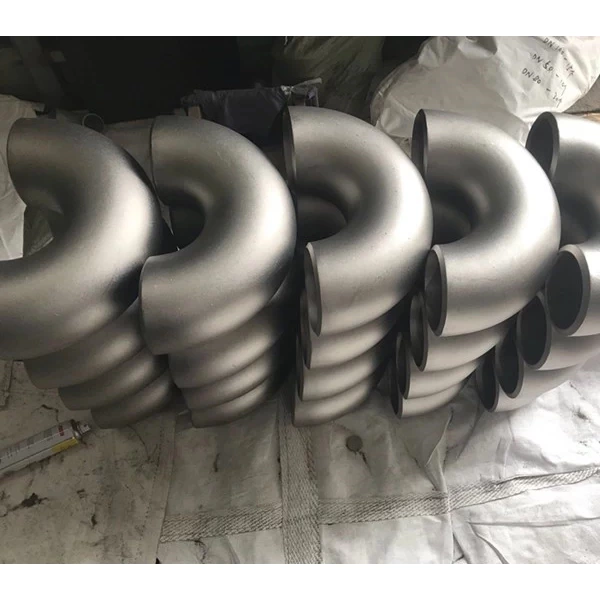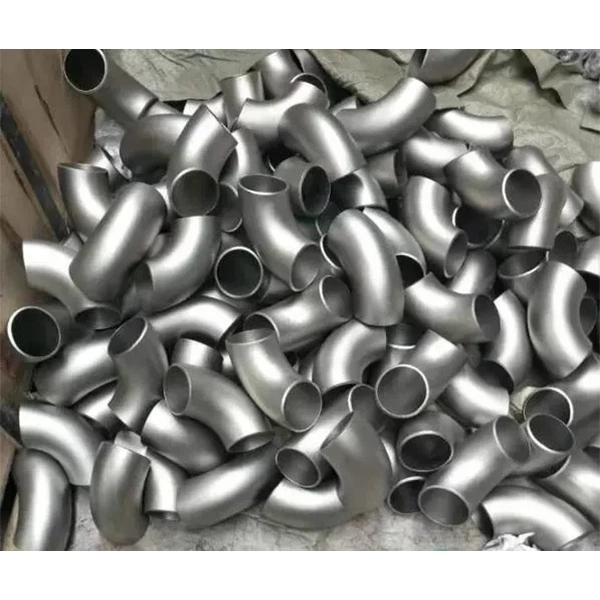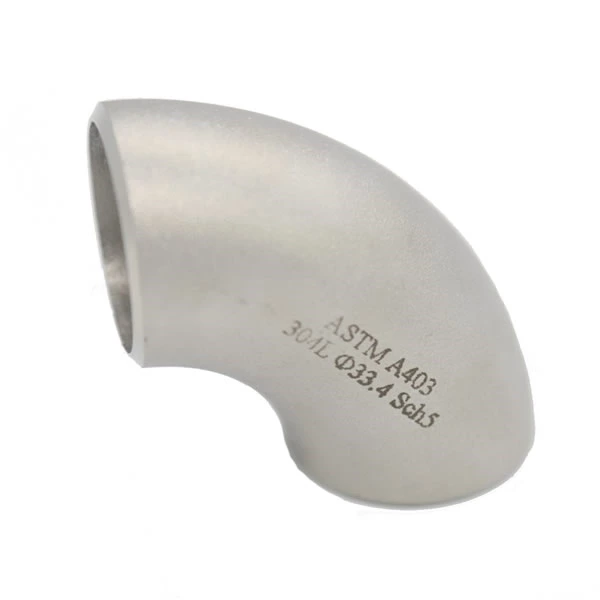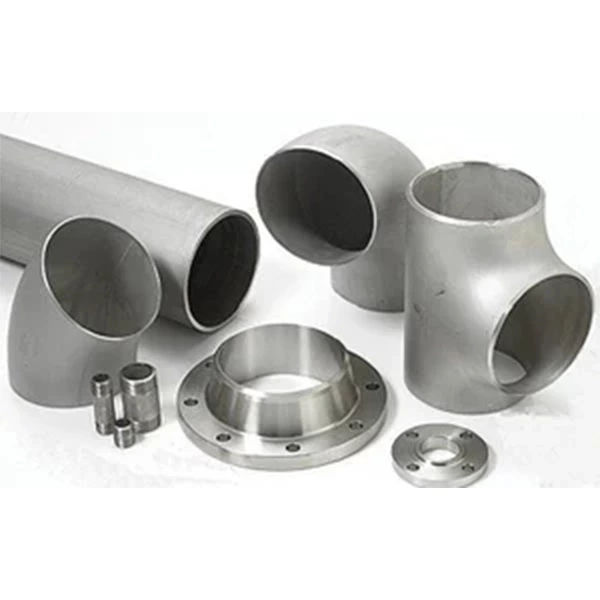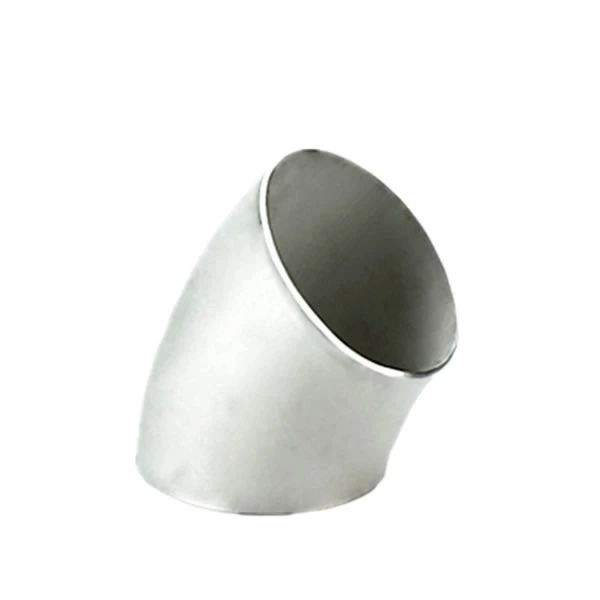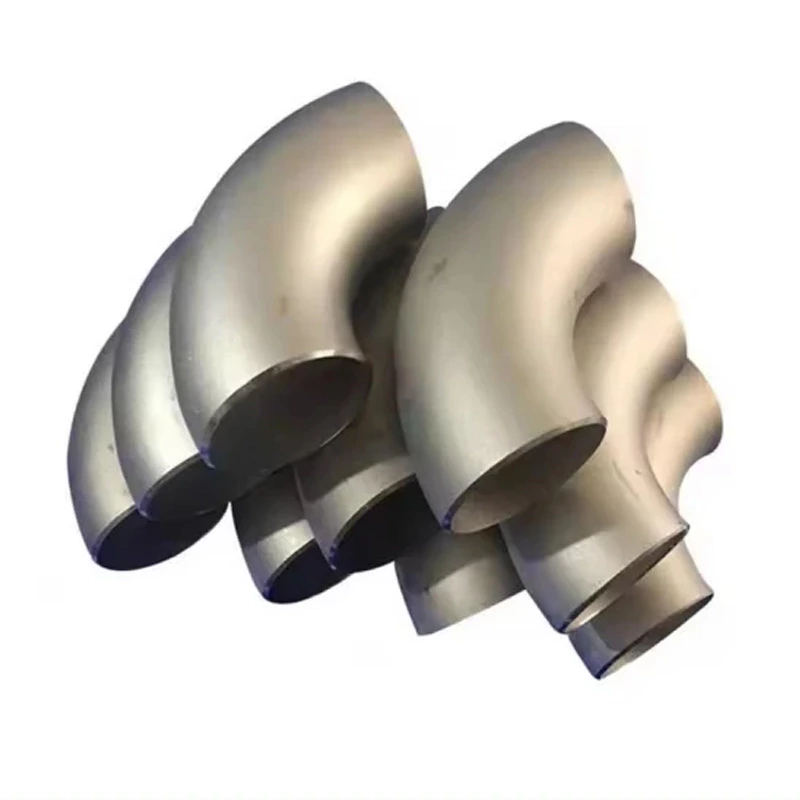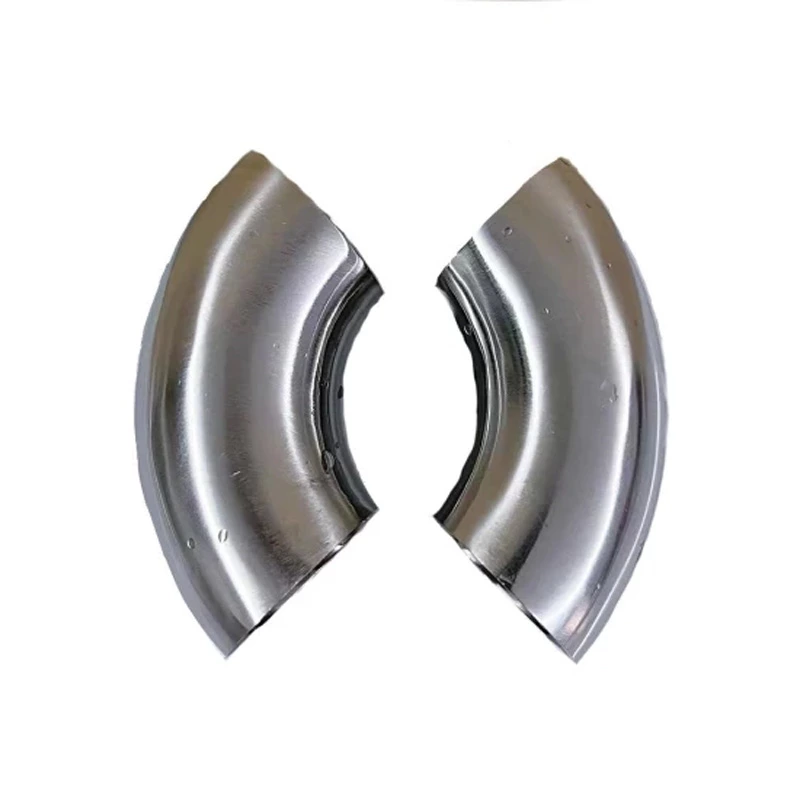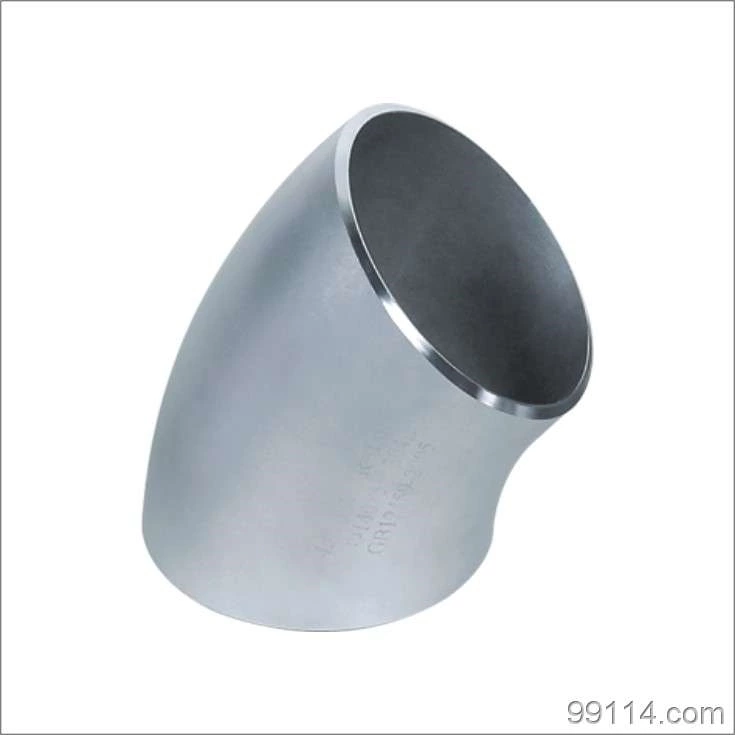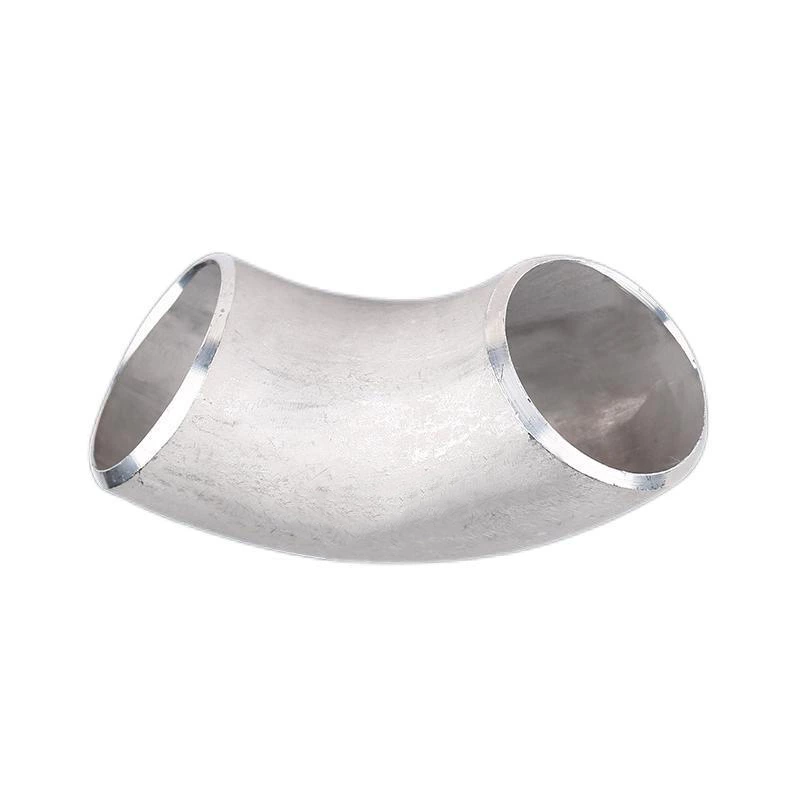Maintenance Measures For The Shortcomings Of Stainless Steel Pipe Fittings
The maintenance measures for the shortcomings of Stainless Steel Weld Fittings start with the material of the pipeline and strictly control the quality of raw materials. Strict on-site inspection is carried out on stainless steel pipes and stainless steel elbow pipe fittings. To ensure that the materials meet the requirements. In terms of material selection, comprehensive consideration is given to both economic and functional aspects. Under special operating conditions, it is possible to consider the use of austenitic stainless steel, duplex stainless steel, titanium and titanium alloys, fiberglass, etc. with stronger corrosion resistance.
When selecting materials, the corrosion allowance of pipes and stainless steel tee pipe fittings should be appropriately added to meet the service life requirements of the pipeline system. Surface coating maintenance Now, in view of the corrosion of stainless steel elbow pipes in the environment, in addition to selecting materials with strong corrosion resistance, the corrosion resistance can also be improved by coating the surface of stainless steel pipes.
In view of the problem that the surface of the stainless steel pipe substrate is relatively smooth and the conventional stainless steel reducer anti-corrosion coating has poor adhesion on its surface, a useful coating for stainless steel anti-corrosion in marine environments has been developed-epoxy powder coating.
This coating is a new type of coating that is completely solvent-free and sprayed in powder form to form a film. Electrochemical protection The electrochemical protection methods mainly include protector protection, cathode protection and anode protection. The protector protection method refers to connecting the metal with lower electrode potential with the protected metal to form a primary cell. The metal with lower electrode potential is dissolved as the anode, and the protected metal is protected as the cathode to avoid corrosion.
The cathode protection method refers to the use of an external DC power supply to connect the protected metal to the negative electrode as the cathode, so that the potential of the protected stainless steel flange metal is adjusted negatively and enters the non-corrosion zone of the E-pH diagram; the waste metal is connected to the positive electrode as the anode to corrode the waste metal and protect the cathode. The anode protection method refers to the use of an external DC power supply to connect the protected metal to the positive electrode as the anode, and the electrode potential moves in the positive direction (i.e., anode polarization) and enters the passivation zone of the E-pH diagram.
